Everything you need to know about halloumi cheese, a delicious cheese variety that’s soon to become a staple in your vegetarian kitchen!
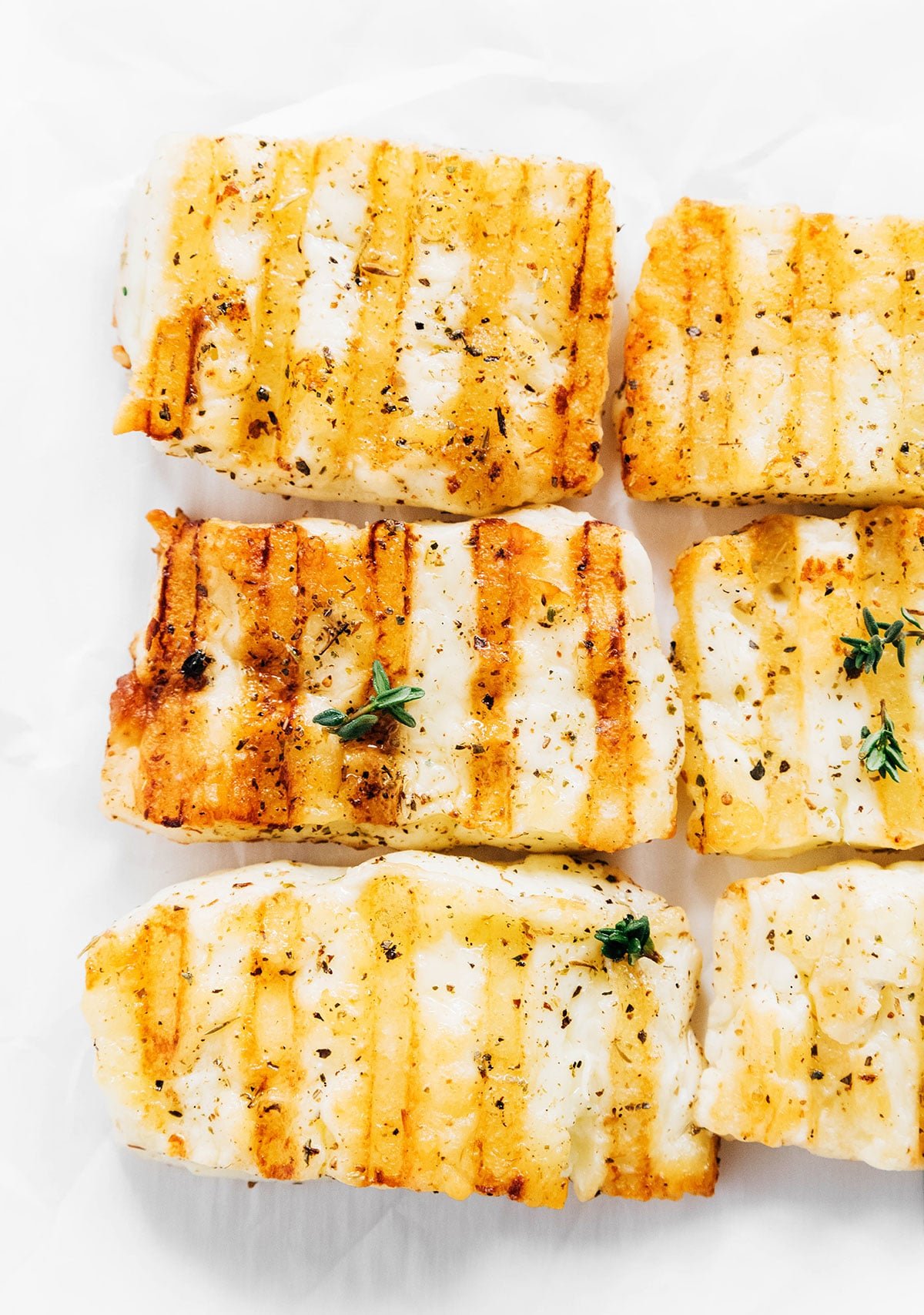
So you call yourself a cheese connoisseur huh? Well, have you tried halloumi cheese?
Halloumi cheese is a vegetarian cheese that originates from Cyprus. It has a high melting point, which makes it ideal for cooking. Halloumi is also a relatively healthy cheese, as it is low in fat and calories.
So before we dive into all of the halloumi cheese recipes of the week, let’s do a deep dive into this fun cheese variety!
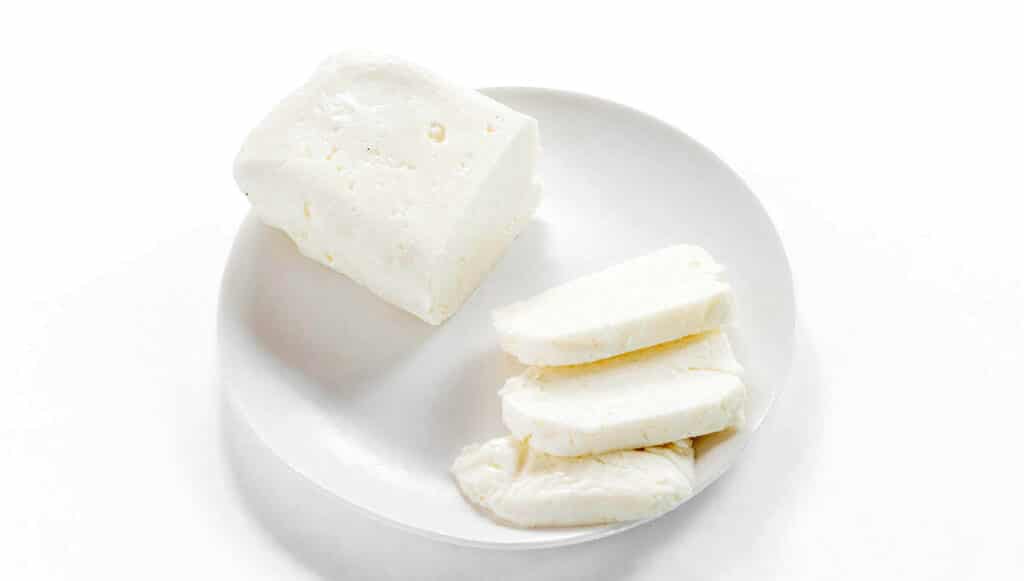
Where is halloumi cheese from?
As we said, halloumi cheese is from Cyprus! It’s thought to date back to the Medieval era, and was originally made from a mixture of sheep’s and goat’s milk. Nowadays, halloumi is sometimes also made with the inclusion of cow’s milk.
In the U.S., “halloumi” is a registered trademark owned by the government of Cyprus. And in Europe, you cannot call a cheese “halloumi” unless it is made in Cyprus according to specific methods.
How is halloumi cheese made?
The traditional way to make halloumi cheese is by draining the whey from the curds using a cloth. The curds are then placed in a press overnight, which helps to compress them and give the finished cheese its distinctive firm texture.
These days, many commercial producers use rennet to speed up the process. Rennet is an enzyme that helps to coagulate the milk proteins, which results in a firmer cheese.
Is halloumi cheese vegetarian?
Not all halloumi is vegetarian! Rennet, the enzyme often used to set the halloumi, is and enzyme that comes from the stomach of ruminants, such as calfs (much like parmesan). Check the label and look for a designated vegetarian halloumi for strict vegetarians!
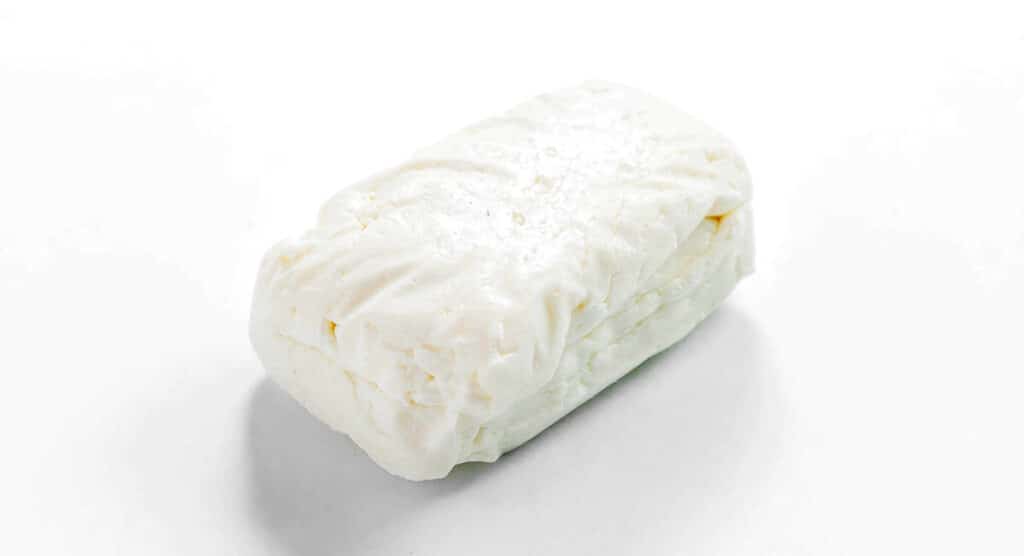
What does halloumi taste Like?
Halloumi has a salty, tangy flavor. It’s often described as being similar to feta cheese, although it’s not as crumbly or tangy.
The texture of halloumi is where it really stands out, being slightly chewy and squeaky. Halloumi also has a higher melting point than most other cheeses, which means it doesn’t go stringy when heated (perfect for grilling)! These unique textural attributes make it a great meat-alternative for vegetarian recipes!
How do you eat halloumi cheese?
Halloumi cheese can be cooked many different ways! One popular way to cook it is to fry or grill it until it is golden brown and crispy. This makes a delicious addition to salads or as a vegetarian main course. But the possibilities are truly endless when it comes to cooking halloumi cheese. Here are some ideas:
- Grilled or fried as part of a vegetarian sandwich or wrap (like this halloumi burger!)
- Sliced and added to salads
- Cubed and skewered on kebabs
- Fried and served with fruit or vegetables on a charcuterie board
- Grated over pasta or pizza
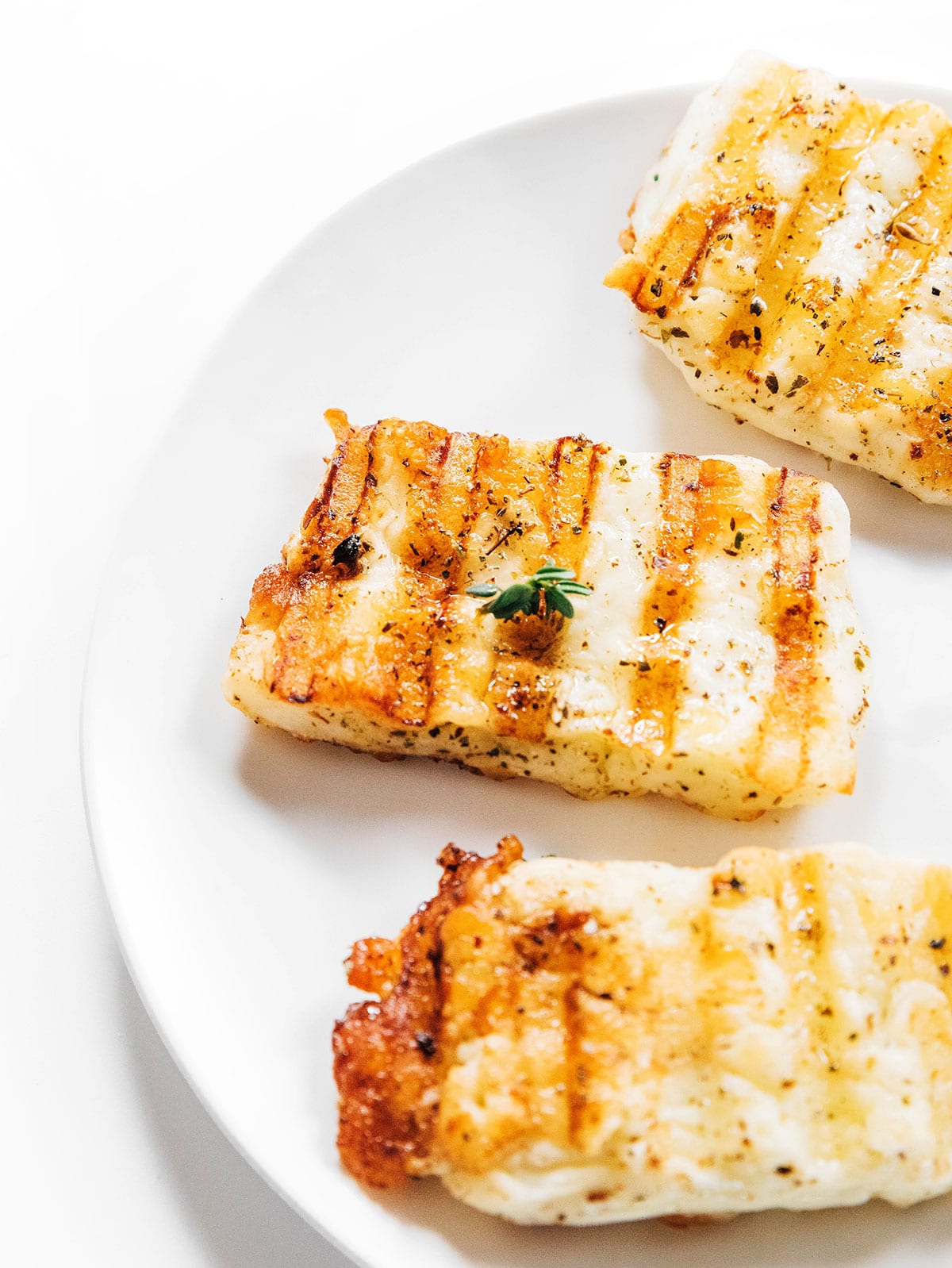
Halloumi Nutrition
While not necessarily a healthy superfood, halloumi cheese is high in protein and calcium. However, halloumi is quite high in sodium, so it’s important to eat it in moderation. A 100g serving of halloumi cheese contains:
- Calories: 343
- Fat: 25g
- Protein: 20g
- Carbohydrates: 0g
- Sugar: 0g
- Fiber: 0g
- Sodium: 1036 mg (45% of Daily Value for sodium)
So there you have it, everything you need to know about halloumi cheese! Will you be trying it for yourself? Let us know in the comments below!
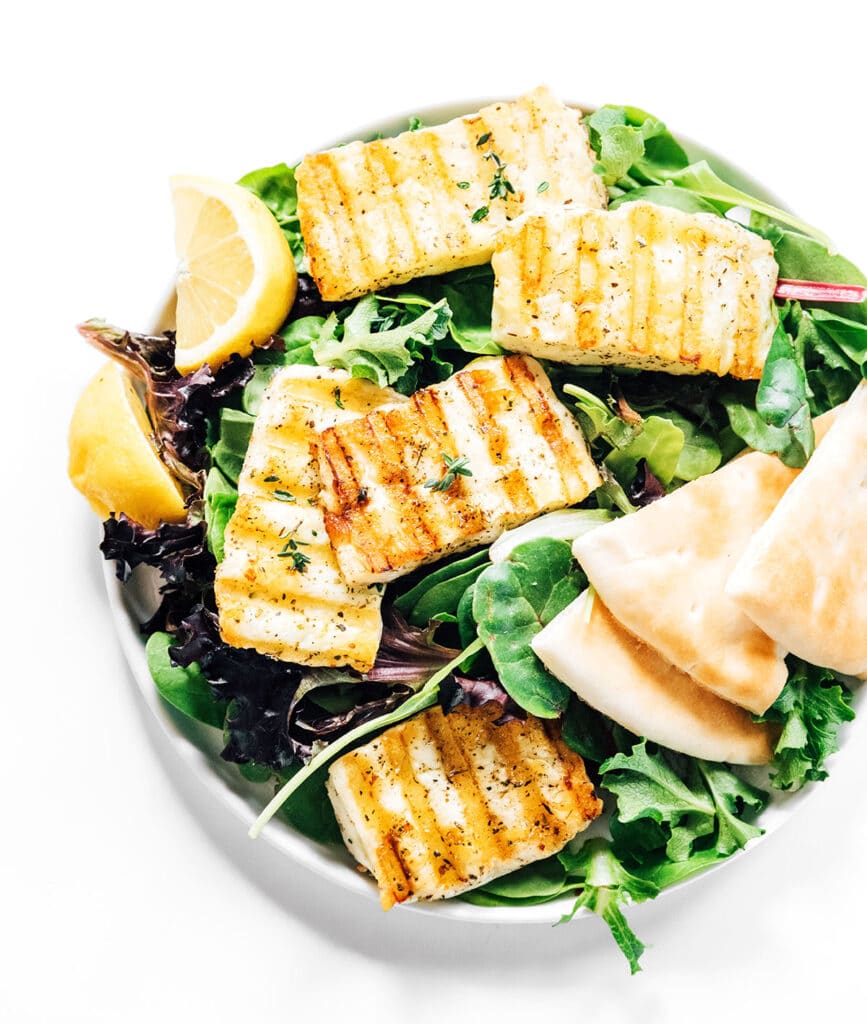

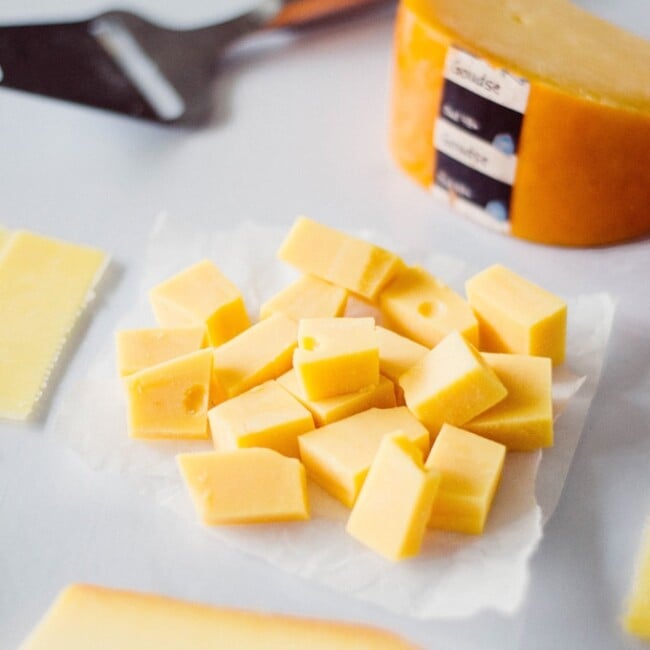
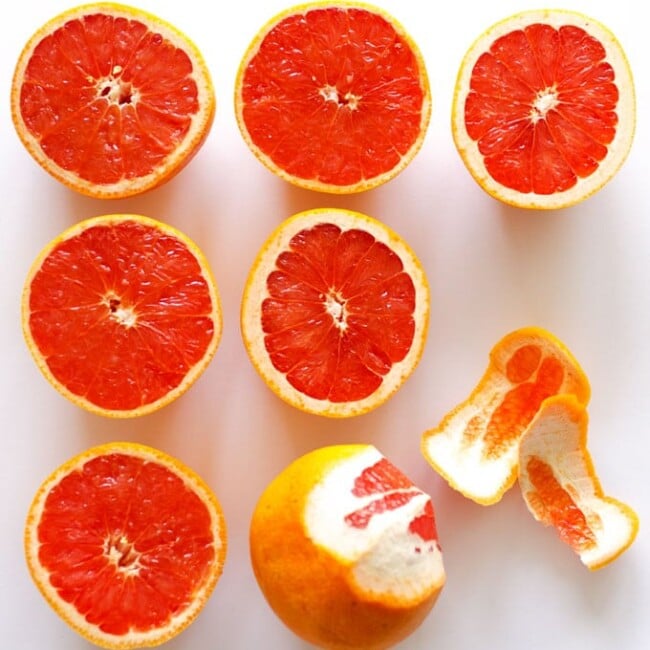
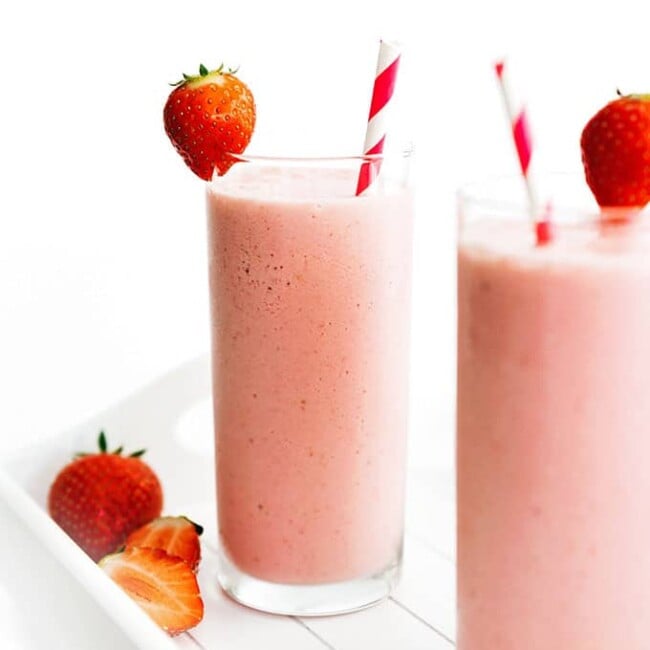
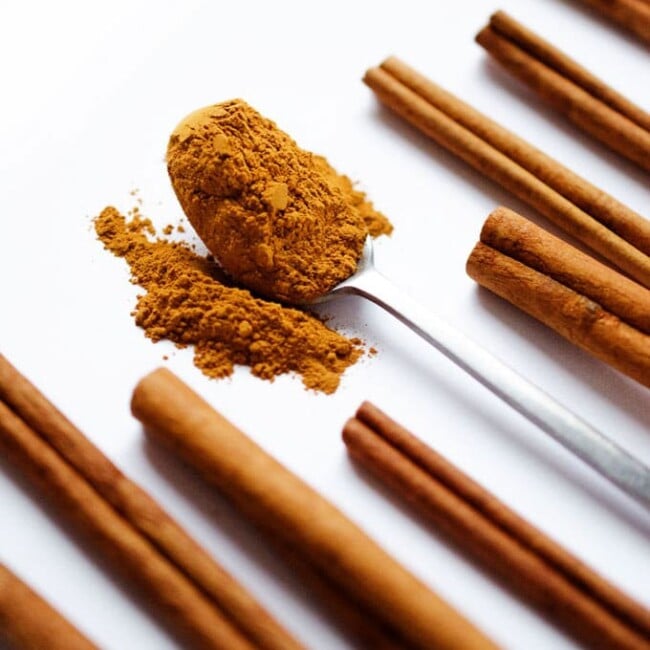
Leave a Comment